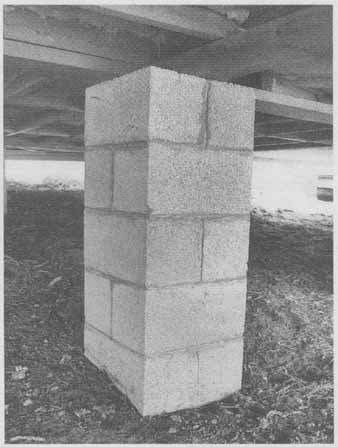

The history of concrete actually begins with a sort of naturally occurring cement that formed because of reactions between limestone and oil shale. Cement - a powder formed of clay, limestone, and other substances - is combined with water and added to the mix to create concrete. Other materials, such as sand, gravel, and stone, constitute about three-quarters of what you find in concrete. Cement is an ingredient used to make concrete. The terms “concrete” and “cement” are also often confused. The cinders were used as a substitute for sand and gravel in concrete, with the result being lighter and less durable cinder blocks. This is because cinder blocks were originally made in part from cinders that were left over when coal was burned (often at coal-fired plants).

You’re probably familiar with concrete blocks from your local hardware store, where you may have heard some of them called cinder blocks.

We’ll discuss the different types of concrete blocks - also known as concrete masonry units or CMU - in more detail below. Not all solid concrete blocks are fully solid, as you’ll see, but they’re more solid than hollow blocks are. Both of these concrete block types are typically used during the construction of walls, but can be used for other purposes as well. There are two primary concrete block categories: hollow and solid.


 0 kommentar(er)
0 kommentar(er)
